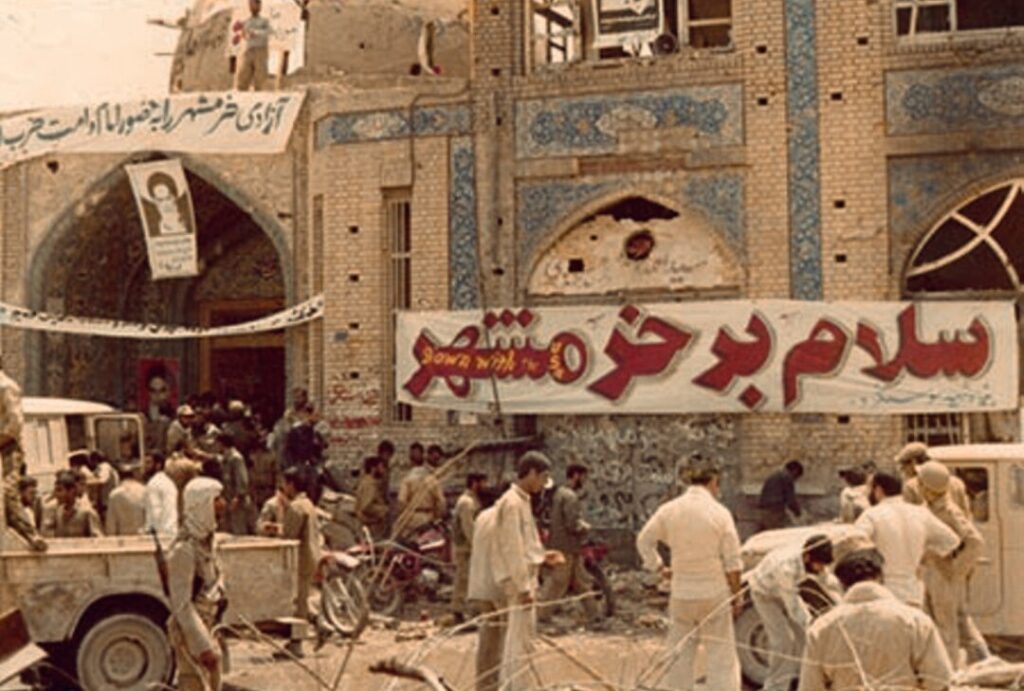Khorramshahr was occupied in September 1980 by the brutal army of the Saddam regime, supported by foreigners. The city remained under enemy occupation for 575 days (19 months).
The enemy attacks against Khorramshahr began on September 22, 1980. The Iraqi Basist regime’s attacks on Iran began, attacking border cities and airfields across the country.
It was not clear that the Saddam regime was invited to launch a war with Iran as the Saddam regime became furious at the Islamic revolution with Iran.
The defenders of Khorramshahr, not a major city at the time, resisted the well-equipped Iraqi army before it was occupied.
Saddam Hussein clearly underestimated Iran’s military and paramilitary strength shortly after the success of the Islamic Revolution, hoping that Huzestan’s Arabic-speaking population would support him and welcome him as a “liberator.”
That was a serious miscalculation. Khorramshahr was successful in tens of thousands of foreign invaders over a month and a half, as there were only thousands of armed men.
In April 1982, Iran launched Beit Ol-Moqaddas and reclaimed all the occupied southwest territory, including Khorramshahr, which was released after a fierce battle.
During the weeks of surgery, around 6,000 Iranian soldiers were marching, and nearly 24,000 were injured.
In seizing the city, the Iranians captured about 19,000 troops from the Iraqi army. Some estimates suggest that the Basist regime lost half of its army in the Battle of Khorramshahr.
The city’s liberation is called the epic of Khorramshahr, paying tribute to the heroes and sacrifices between the Saddam regime and the Iranians who fought for their allies and the homeland.
The results have been a major shock to the West-backed Iraqi regime and all its regional and international patrons. They found it difficult to speculate that isolated, licensed Iran could beat the troops supplied with sophisticated and chemical weapons by the Western countries.
The victory at Khorramshahr is commemorated annually as a symbol of the turning point of the war imposed and unity of Iranian heroes and nations.
May 24 is considered a turning point as the Iranians continued their attacks and the Iraqi dictatorship and its supporters adopted a defensive stance and called for an immediate ceasefire.
The Saddam administration later resorted to using prohibited weapons, such as chemical weapons handed over by Western forces, to stop Iranian forces.
MNA

